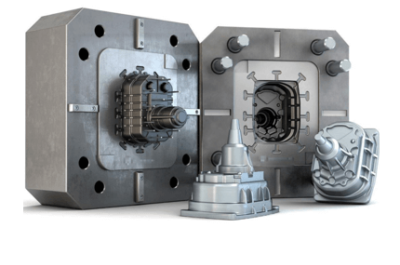For products and producing parts, Plastic injection molding is an extremely versatile method. As it has multiple benefits over other plastic injection mold making methods, it is one of the preferred methods for manufacturing parts.
Using injection molding for manufacturing plastic components and parts have four major benefits.
High Efficiency
As compared to other methods of molding, the actual molding process is very fast once the injection molds have been designed to the presses pre-programmed and the specifications of the customer. Process of Plastic injection molding allows more parts to be manufactured from a single mold and this hardly takes time. Plastic injection molding becomes more efficient and cost-effective due to the high production output rate. Typically, parts with more consistent quality are manufactured by hot-runner ejection making plastic mold systems and this is done with faster cycle times. Changing colors is not that easy. Some heat-sensitive polymers can’t be accommodated by hot runners.
Complex Geometry and
Thorough Characteristics
the injection molds are applied with extremes of pressure. Against the mold compared to any other molding process, the plastic within the molds is pressed harder as a result. It is possible to add a large number of details into the design of the part because of this excessively high pressure.
Furthermore, complex and tough shapes can easily be manufactured and designed due to high pressure during the molding process. Otherwise, it would have been too expensive and complicated to manufacture.
Simultaneous Use of Multiple
Plastic Types
The facility of simultaneous use of various types of plastic is one of the crucial benefits of using plastic injection molding for manufacturing parts. With the help of co-injection molding, this can be done which about using a specific type of plastic, takes away the worry.
Improved Strength
It is possible to use fillers in the injection molds in plastic injection molding. These fillers, while being molded, minimizes the plastic density and after it has been molded, it assists in adding greater strength to the part. Plastic injection with a plastic mold maker has an option that other molding processes do not offer in fields where parts need to be durable and strong.





























